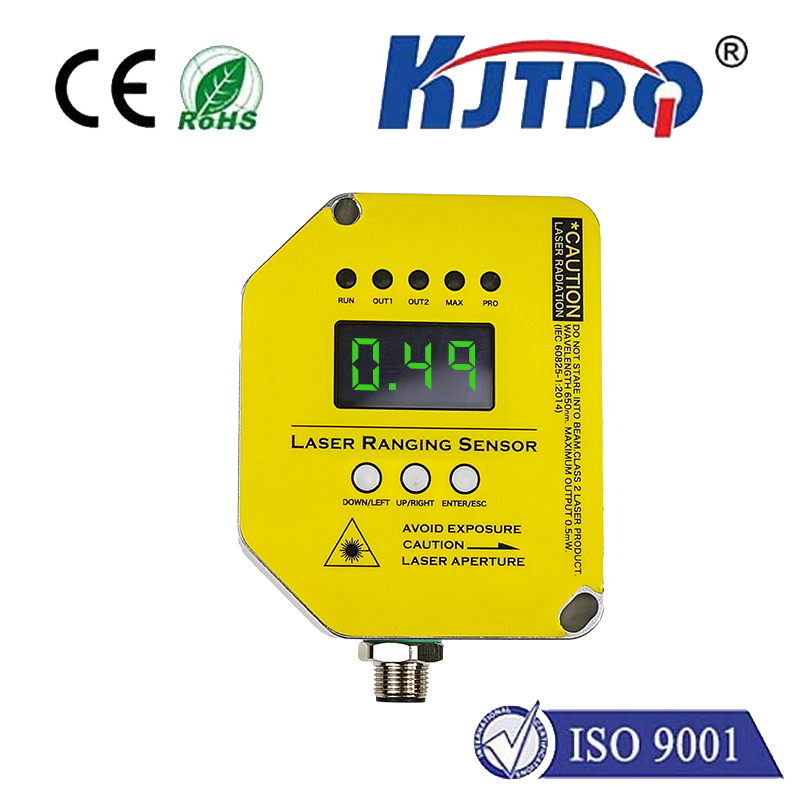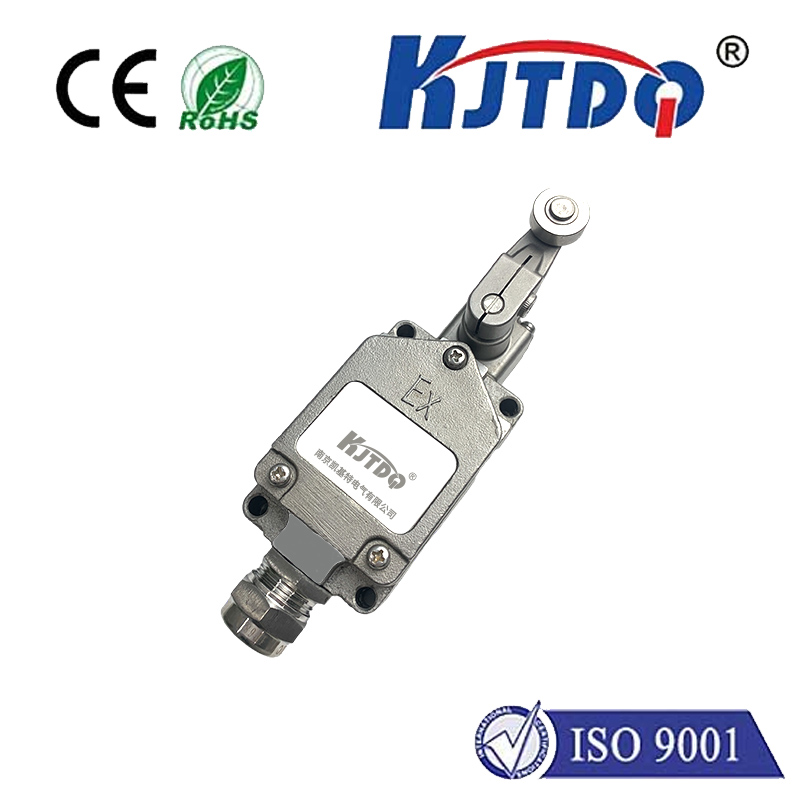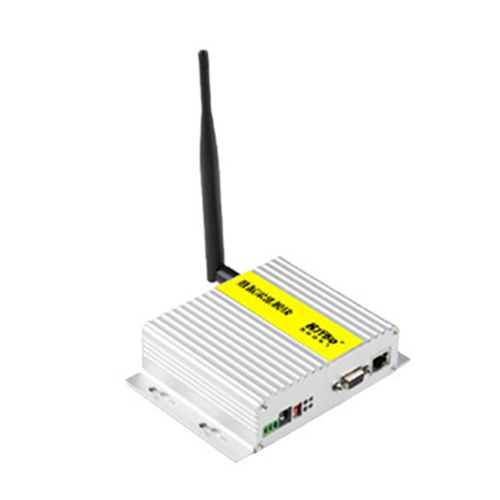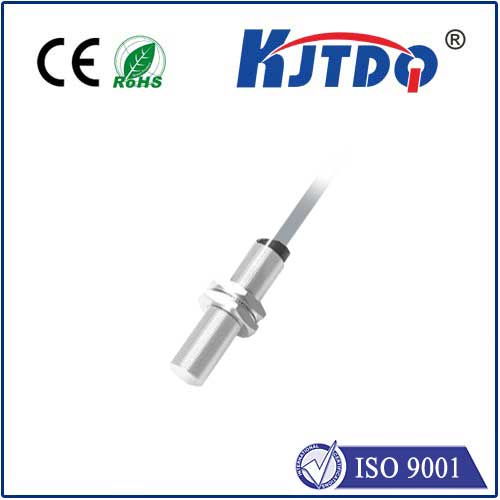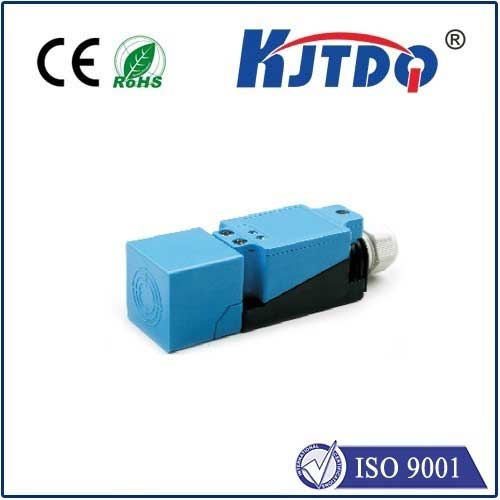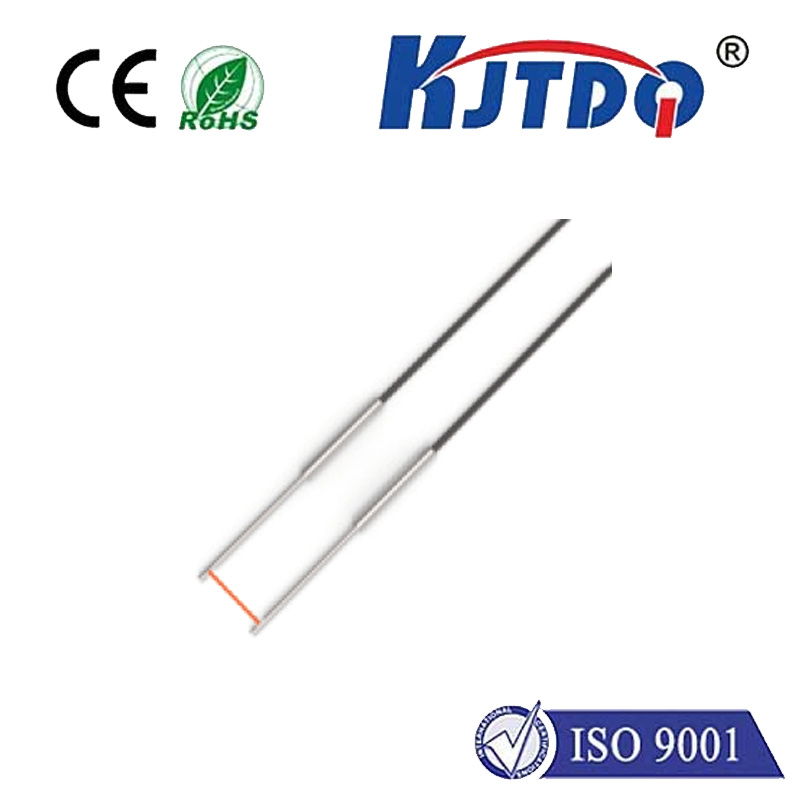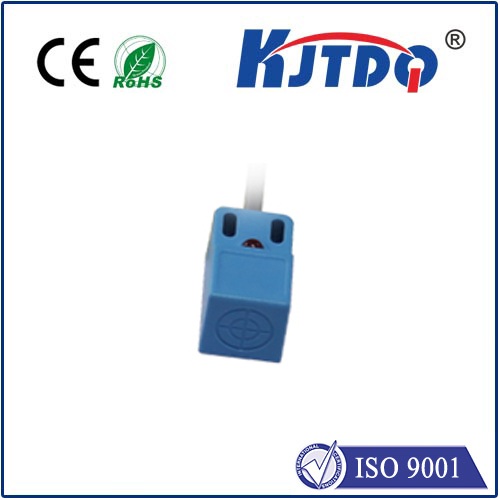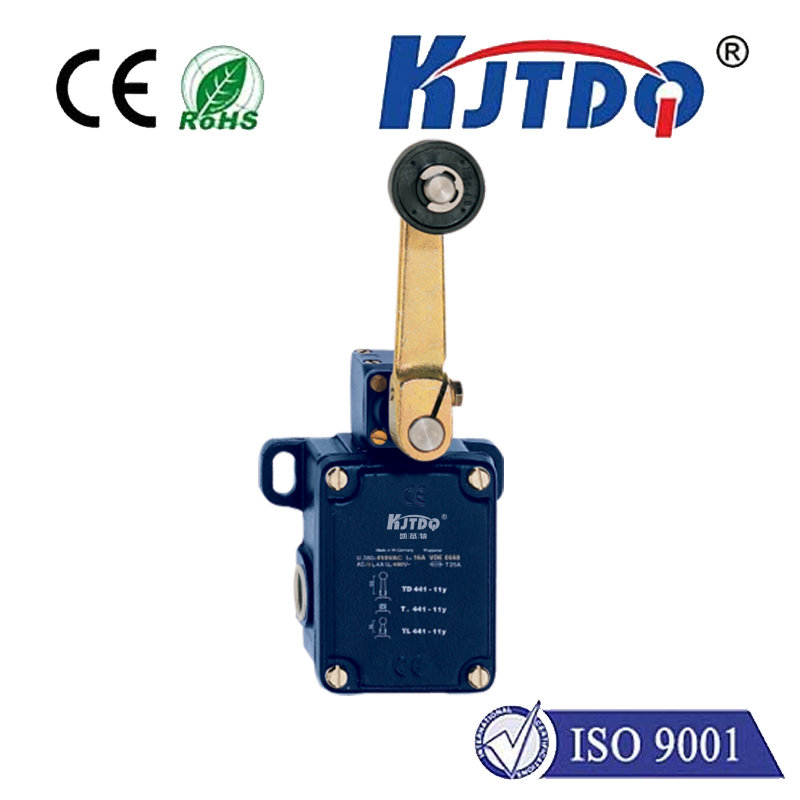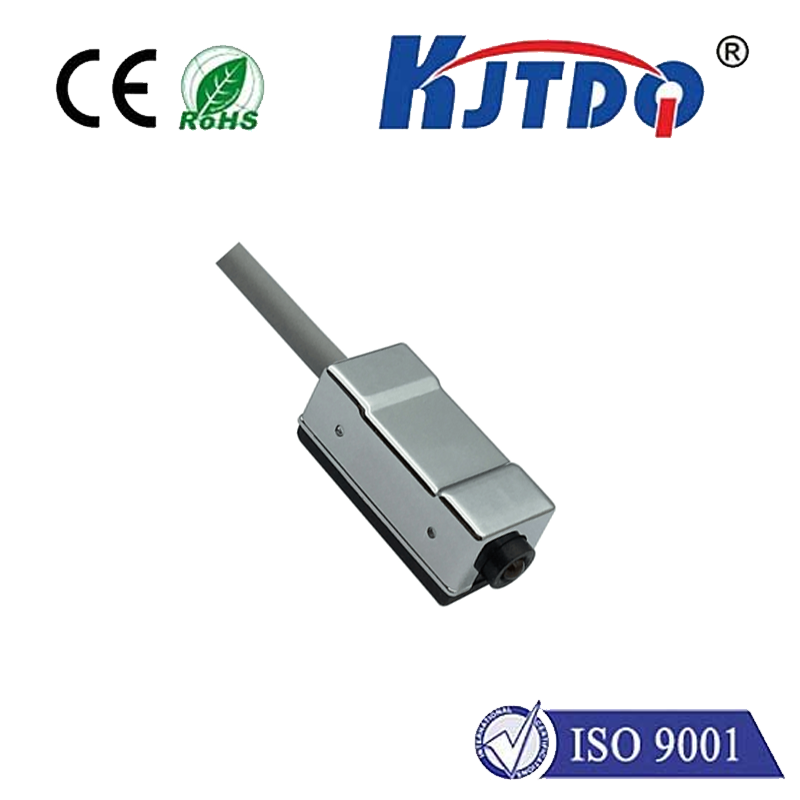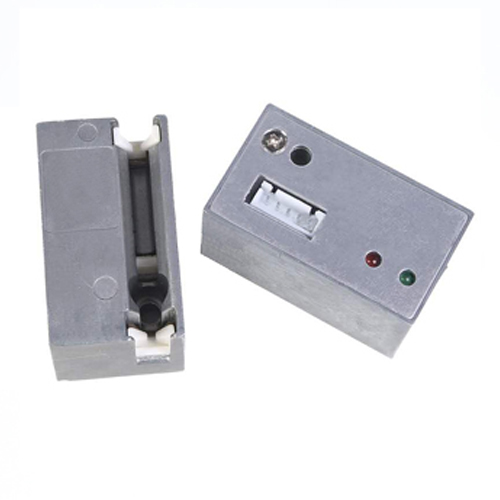

check

check

check

check

check

check

check

check

check

check
Title: Exploring the Diverse World of Photo Sensors: An Insightful Journey
The advent of digital technology has revolutionized the way we capture and perceive light, with photo sensors playing a pivotal role in this transformation. These electronic devices convert light into electrical signals, which are then processed to create images or measure light intensity. The types of photo sensors available in the market today vary widely, each serving unique purposes and offering distinct advantages. This article delves into the diverse world of photo sensors, shedding light on their types, applications, and technological advancements.
Passive Optical Sensors: The Workhorses of Light Detection
At the core of many imaging systems lie passive optical sensors. These sensors do not emit any radiation but rely solely on the light they receive from external sources. One prominent example is the charge-coupled device (CCD) sensor, commonly found in cameras and scanners. CCD sensors boast high sensitivity and excellent color reproduction, making them ideal for capturing detailed images with vibrant colors.

Complementary Metal-Oxide-Semiconductor (CMOS) sensors are another variety that power many smartphone cameras and low-cost digital imaging devices. CMOS sensors offer advantages such as lower power consumption and production costs compared to CCD sensors. Despite initially lagging behind CCD in image quality, modern CMOS sensors have significantly closed the gap, offering competitive performance for various applications.
Active Optical Sensors: When Emission Meets Detection
In contrast to their passive counterparts, active optical sensors both emit and detect light. This category includes technologies like laser rangefinders and LIDAR sensors, which are crucial for tasks such as distance measurement, object detection, and even self-driving cars’ obstacle avoidance systems. By analyzing the reflected light, these sensors can accurately determine distances and shapes, contributing to their growing popularity in autonomous vehicles and advanced robotics.
Photodiodes and Phototransistors: Building Blocks of Light Sensing
Photodiodes and phototransistors are foundational elements in light sensing technology. They convert incident light into an electrical current, which varies based on the light's intensity. These components find uses in everyday devices like streetlight sensors, which switch lights on when it gets dark, and in sophisticated scientific instruments for precise light measurements. Their simplicity and reliability make them essential components in numerous optoelectronic systems.
Photovoltaic Cells: Harnessing the Power of Light
While primarily known for generating electricity, photovoltaic cells also function as photo sensors. Solar panels employ arrays of these cells to convert sunlight into energy efficiently. Additionally, photovoltaic technology is used in light-sensitive alarms and automatic doors, where changes in light levels trigger specific actions.
Conclusion: A Bright Future for Photo Sensor Innovation
As our need for efficient and accurate light detection continues to grow, so does the innovation surrounding photo sensors. From enhancing image quality in smartphones to enabling autonomous vehicle navigation, photo sensors play a critical role in shaping our digital landscape. As research progresses and new materials emerge, expect more breakthroughs in sensing technology that will further refine how we capture, analyze, and use light in myriad ways. The future of photo sensors is as bright as the light they so deftly capture and control.
